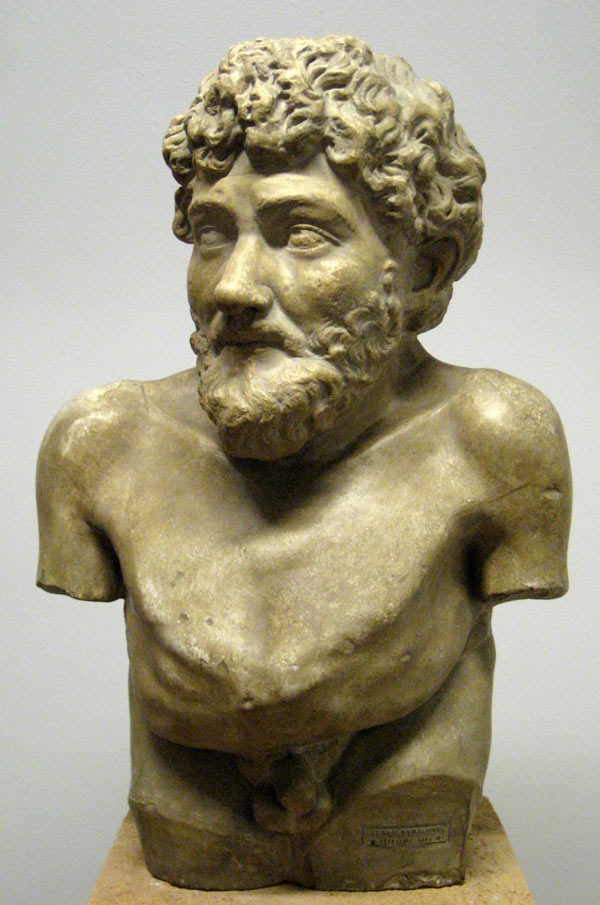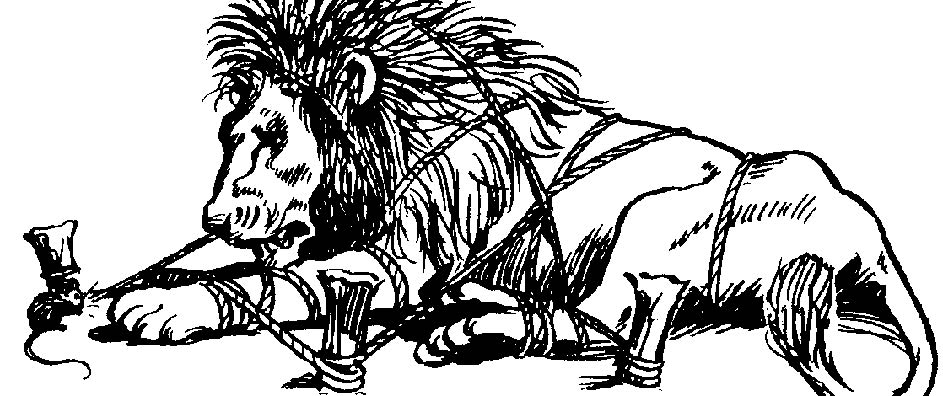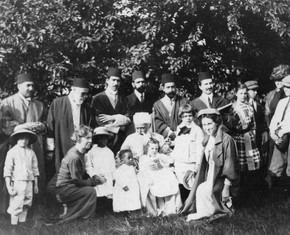The views expressed in our content reflect individual perspectives and do not represent the authoritative views of the Baha'i Faith.
Why do you think the ancient Greek storyteller Aesop’s tales hold universal appeal, longevity and meaning? Why do we still read them today?
When Aesop died in 564 BC, his memorable stories with moral endings, which usually featured anthropomorphic creatures and elements of nature, must have seemed fairly normal to his limited audience. But for some reason they’ve now transcended time and the collapse of many civilizations, and have lasted through the millennia.

Bust of Aesop
When large-scale printing became possible, collections of Aesop’s fables were among the earliest books printed in a variety of languages. Through the means of later collections, and translations or adaptations of them, Aesop’s reputation as a fabulist was transmitted throughout the world. You can find more than six hundred of his fables at www.Aesopfables.com.
Initially, Aesop addressed his fables, which covered religious, social and political themes in Greek society, to adults. They were also put to use as ethical guides, and from the Renaissance onwards found wide usage in the education of children. We still use them today because of their charm and their simplicity, and because the unifying message of all fables comes from the usually unspoken, hidden meaning or intent behind the story. Some are more obvious than others, but all contain a life lesson for the reader or listener.
As a young boy my family had a book of Aesop’s Fables, and they were read aloud to me as I took in the pictures. As I thumb through a more recent version illustrated by Arthur Rackham, it brings back those early memories and learnings instantly.
I’ll never forget “The Goose that Laid the Golden Eggs” where the king in his greed sliced open the goose in his impatience for more, and thus lost all future golden eggs.
Or “The Lion and the Mouse,” where the mouse begs the lion to let him go in return for some future favor. The lion laughs at such a thought, a mouse helping a lion, but lets him go. Soon the lion, caught in a net, roars his frustration and the mouse, coming upon him, gnaws the ropes freeing lion in return for his earlier generosity.
Another lion lying in a cave whining and moaning from a huge splinter in his paw is found by a man slave who carefully extracts the piece and heals the lion’s wound, earning the lion’s gratitude. When, later, the escaped slave is caught and thrown into an animal den to be eaten alive, the same lion fawns at his feet, earning both their freedom.
Surely you’ve heard “Slow and steady wins the race” from the story of the “Hare and the Tortoise,” the race being lost by the hare’s overconfidence and overlong nap.
Finally I’d like to mention the “Ants and the Grasshopper” story, one well-remembered from my young days. At the end of summer the Grasshopper approaches the Ants looking for food. The Ants ask why he hadn’t been storing food for winter himself. “I’ve been too busy singing,” he replies. “Then you can spend the winter dancing since you didn’t make the time,” the Ants respond, and all turn back to their work.
Rather than have you think this taught me to be hard and cruel towards the needy (which it did not), I learned it as a very good lesson in work ethics and earning a living. Thanks to these wonderful fables, I learned this and other moral lessons long before attending school, or going out into the workforce. From Aesop’s simple stories I learned simple but profound life truths at an early age: Don’t kill a good thing; Be kind and generous toward all; Persevere and show patience; Use your head at all times; Demonstrate a good work ethic, and more. Perhaps that’s the reason Aesop’s fables have lasted so long and had such a profound influence: they teach universal moral truths.
For impressionable young me, these stories and their representations seemed real, even though I knew animals and trees and other things didn’t talk and move like humans. What we share and show, read and give and teach our children is all too real to them. That’s our primary duty as parents—to train our children to grow into moral human beings:
Your fathers and mothers must educate you with greatest tenderness, and teach you the highest morals and ideals, so that in the utmost perfection you may be imbued with the virtues of the world of humanity. – Abdu’l-Baha, Star of the West, Volume 9, p. 115.
The Baha’i teachings commend and exalt this early moral education:
O ye loving mothers, know ye that in God’s sight, the best of all ways to worship Him is to educate the children and train them in all the perfections of humankind; and no nobler deed than this can be imagined. – Abdu’l-Baha, Selections from the Writings of Abdu’l-Baha, p. 114.
All cultures, beginning with their oral traditions, have taught morality. We teach morals through fables, through family stories, and through the powerful spiritual principles of religion:
Each of the divine religions embodies two kinds of ordinances. The first is those which concern spiritual susceptibilities, the development of moral principles and the quickening of the conscience of man. These are essential or fundamental, one and the same in all religions, changeless and eternal—reality not subject to transformation. – Abdu’l-Baha, The Promulgation of Universal Peace, p. 44.
Who knows? Maybe Aesop was a prophet in his own right, and his stories not fables at all.
















Comments
Sign in or create an account
Continue with Googleor